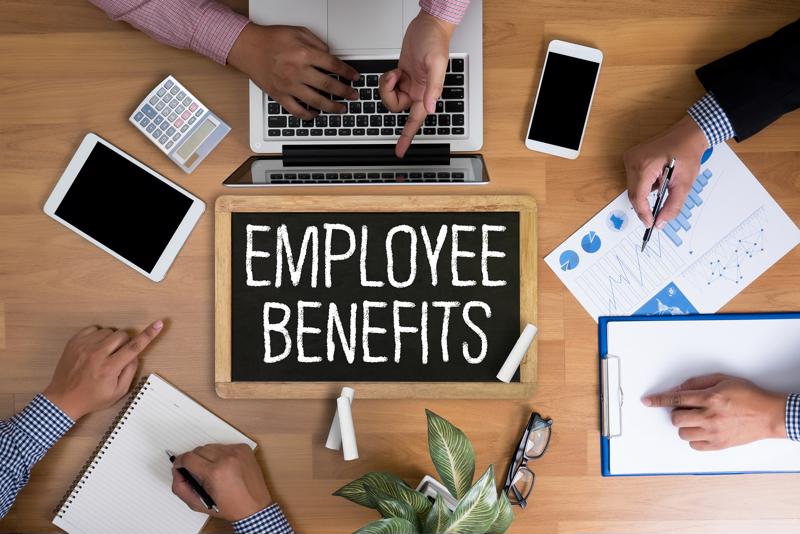
Your organization most likely has staff on its payroll from four different generations: baby boomers, Generation X, millennials and the as-yet-alias-lacking Generation Z. The second and third groups on that list probably occupy the biggest shares in your company. An April 2018 Pew Research Center report found millennials alone made up a plurality (35 percent) of the overall U.S. workforce.
"Identifying generational priorities is essential to benefits administration."
Each of these groups differs in many ways. It's critical to understand which benefits are most important to them so you'll create the best employee benefits packages across the workforce. This can cement their commitment to the organization while also bolstering engagement and productivity.
The generational constant
It's important first to note one priority all generations seem (not surprisingly) to share: health insurance. According to the Employee Benefits Research Institute's 2018 Health and Workplace Benefits Survey, 73 percent of respondents, whose ages ranged from 21 to 64, called health benefits the most important HR-related factor in deciding to take a job.

That said, generations have different health-related needs. Millennials and Generation Z's first workers want flexibility, so they might opt for a less expensive plan with bare-minimum coverage. By contrast, boomers are at (or near) retirement age and want the most health benefits possible, regardless of cost, while Gen Xers fall somewhere in between. Meet everyone's needs by offering tiered health options with cost correlative to breadth of services.
Variances in work-life balance
Most if not all modern employees want some kind of work-life balance, but generations differ in their interpretation of that concept, and it's your job to shape benefit offerings accordingly:
- Millennials and Gen-Z employees want the most flexibility overall, including in work-life balance. According to Glassdoor, these generations seek the freedom to work remotely at their leisure and have a measure of control over their hours, while also strongly valuing paid time off. At the same time, the Human Capital Institute noted the strong self-motivation of younger workers, allowing them to meet their responsibilities without excessive direction.
- Gen Xers' desire for work-life balance often centers around the need to meet familial responsibilities – like childcare and keeping an eye on aging parents – by working from home whenever needed.
- Boomers likely aren't as concerned with remote work because they're accustomed to a more traditional office environment, but they'll value their ability to take vacation, especially if they're well-tenured at your organization or came to you recently but have a lot of experience under their belt.
Retirement-planning priorities
The Society for Human Resource Management noted in its 2018 Employee Benefits Report that 95 percent of employers offer at least one retirement plan to workers. As you might expect, these benefits will be most valued by baby boomers, and Gen Xers aren't far behind in that respect, with Glassdoor stating that the latter group places a high value on 401(k) plans with matching contributions. But millennials have shown evidence of steadily increasing financial savvy in recent years, and accordingly have started increasing their retirement-fund contributions, according to Employee Benefit News. Offering multiple retirement plans with different contribution levels could help your organization meet the priorities of workers across all age groups.
Bridging the gaps
Glassdoor noted that regulatory compliance must be a factor in these matters. For example, when you offer tiered plans for any benefit type, they can't specify that they're intended for younger, older or middle-aged employees. Instead, use an objective criterion like tenure with the company to differentiate between them. Your goal in crafting the best employee benefits packages for all ages is offering evidence of a company culture that aims to meet the needs of all workers and provide them the necessary resources to do their best work.
